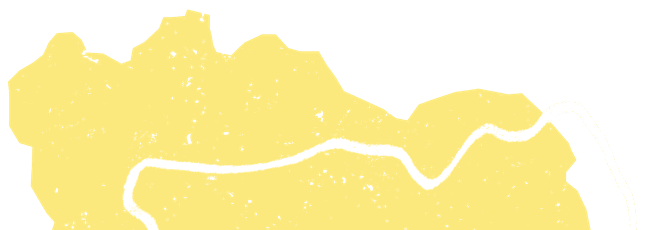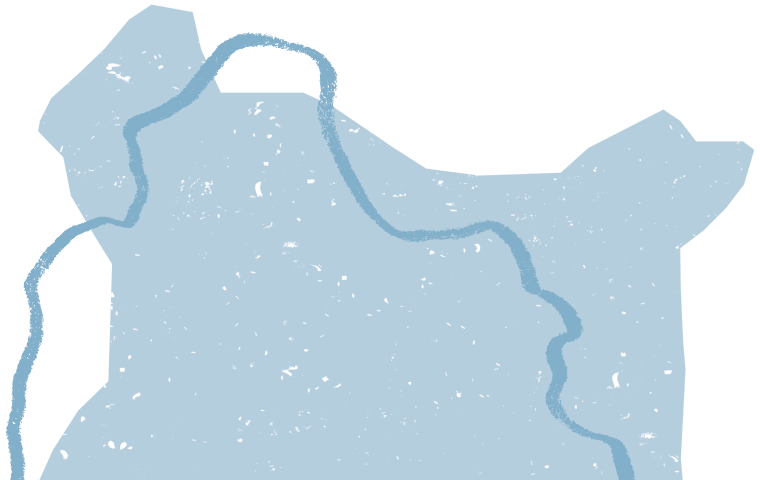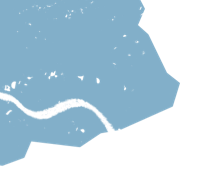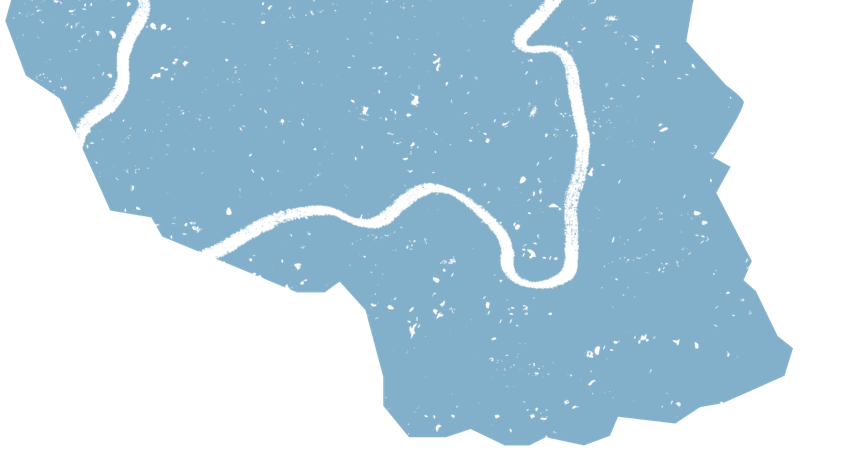We work with a programme aimed at preventing malnutrition in Guayaquil. We encourage the growth and use of soybeans. Though they are not traditionally grown in this area, local people have accepted them readily. Soya is a very useful food, high in protein, which can be substituted for meat, cheese, milk, eggs or fish.
How to prepare soya milk
- Clean the soya beans, removing any sticks and stones.
- Wash the soya beans in plenty of water.
- Boil the beans for 2 minutes, then drain the water away.
- Soak the soya beans overnight.
- Either pound the beans or use a mincer to produce a smooth paste. (Use a liquidiser instead of a mincer, if one is available).
- For every pound of ground soya, add 3 litres of clean water, and then mix.
- Strain the diluted mixture through muslin or a sieve, squeezing well. The resulting liquid is soya milk.
- Boil the milk for 30 minutes, and add cinnamon and brown or white sugar.
- The surplus soya solids can be used to prepare many types of ‘tortillas’ (pancakes). Add flour or grated plantains or manioc, shape into cakes (tortillas) add onions or spices and fry in hot oil.
Wilma Campoverde Celi, The Nutrition for Christ Programme, Casilla: 5520, Guayaquil, Ecuador.







